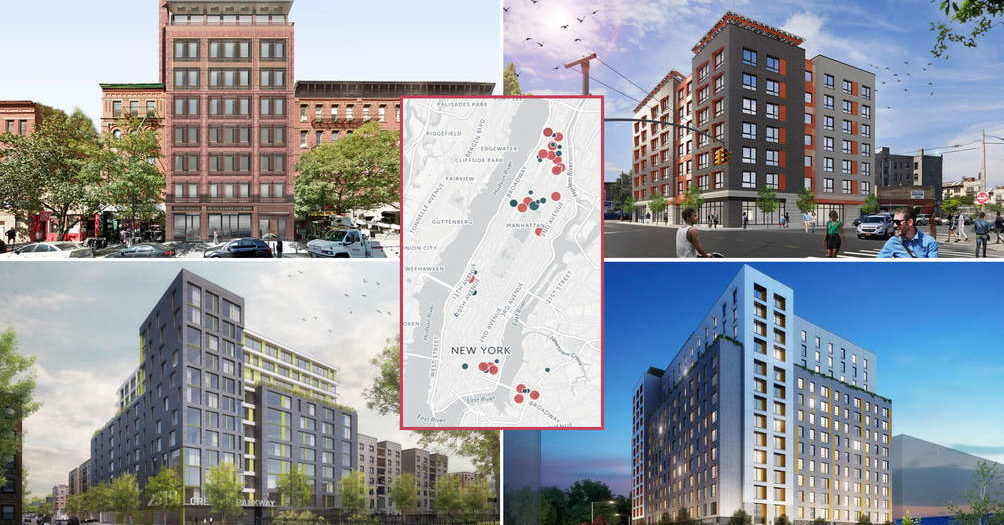ABOUT PASSIVE HOUSE
Over the last decade, an elite group of developers, builders, and owners in the city have taken it upon themselves to dramatically improve the energy efficiency of their structures. Stirred by the incredible energy savings and environmental benefits possible, several dozen projects have enlisted in the German-born Passive House certification process. The rigorous standard, which includes airtightness and solar shading, results in quiet interiors, ultra-efficient heating and cooling systems, and highly-insulated building envelopes with the ultimate prospect of requiring little energy for space heating or cooling – meaning more money saved on your energy bills. And if you want to talk numbers, according to the official website of New York Passive House Inc., this type of construction “delivers up to approximately a 90% reduction in heating and cooling demand and up to a 75% reduction in overall primary energy demand” compared to most existing buildings.
Marianne Hyde, a partner at leading Passive House firm, Zakrzewski + Hyde Architects tells us going for Passive House certification can result in very little additional cost to major renovations or new construction endeavors— especially as more contractors become familiar with the standard and compliant products become more widely available.
Though most of the projects aiming to achieve the Passive House Standard are residential, Hyde stressed the building technique can be applied to any type of building. The De Blasio’s administration’s policy would go after existing buildings larger than 25,000 square feet, applying to about 14,500 private and municipal buildings, which the mayor’s office says collectively account for nearly a quarter of New York City’s emissions.
So far, we’ve identified 72* Passive House projects in the city, 28 of which are currently under construction or planned. With the mayor’s new initiative, it is likely the number of projects will continue to rise in coming years.
CLICK HERE FOR THE REST OF THIS ARTICLE!


